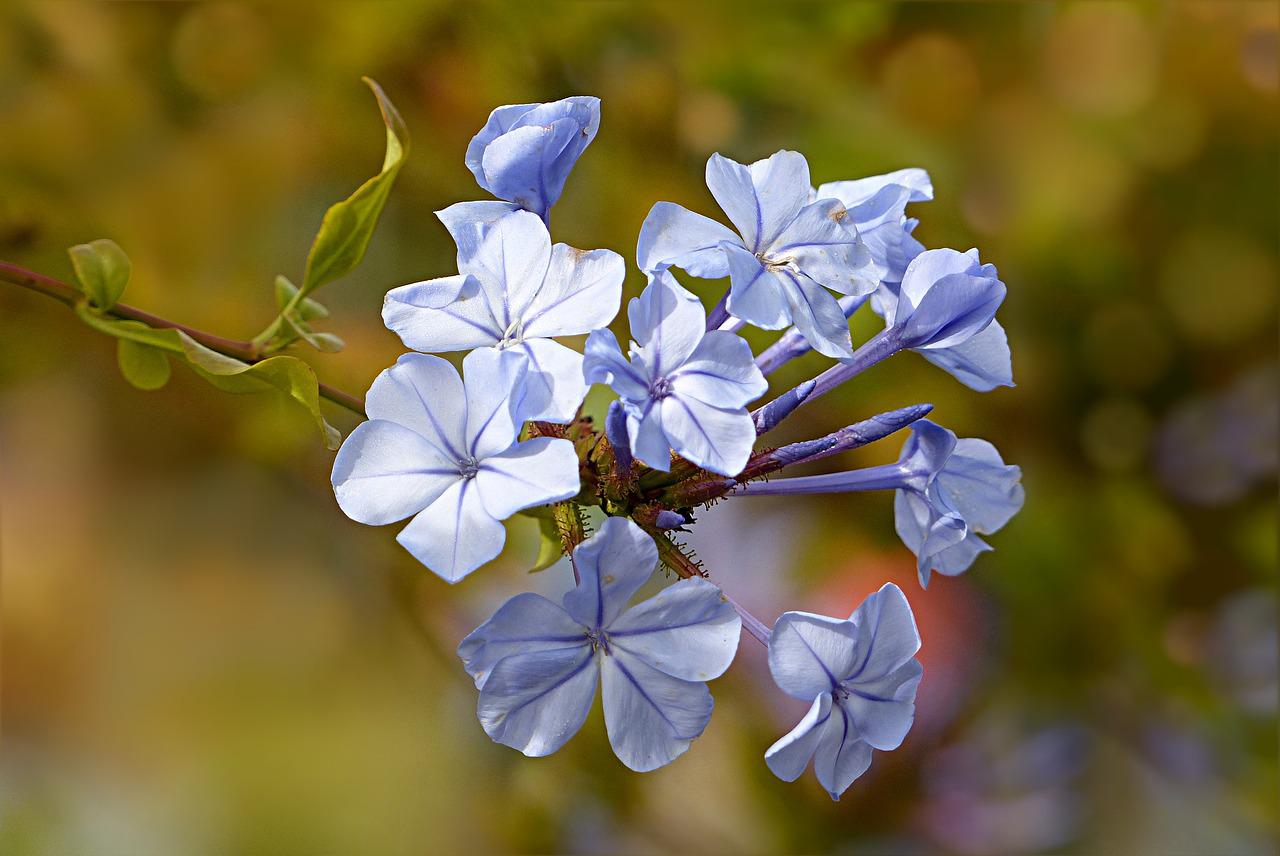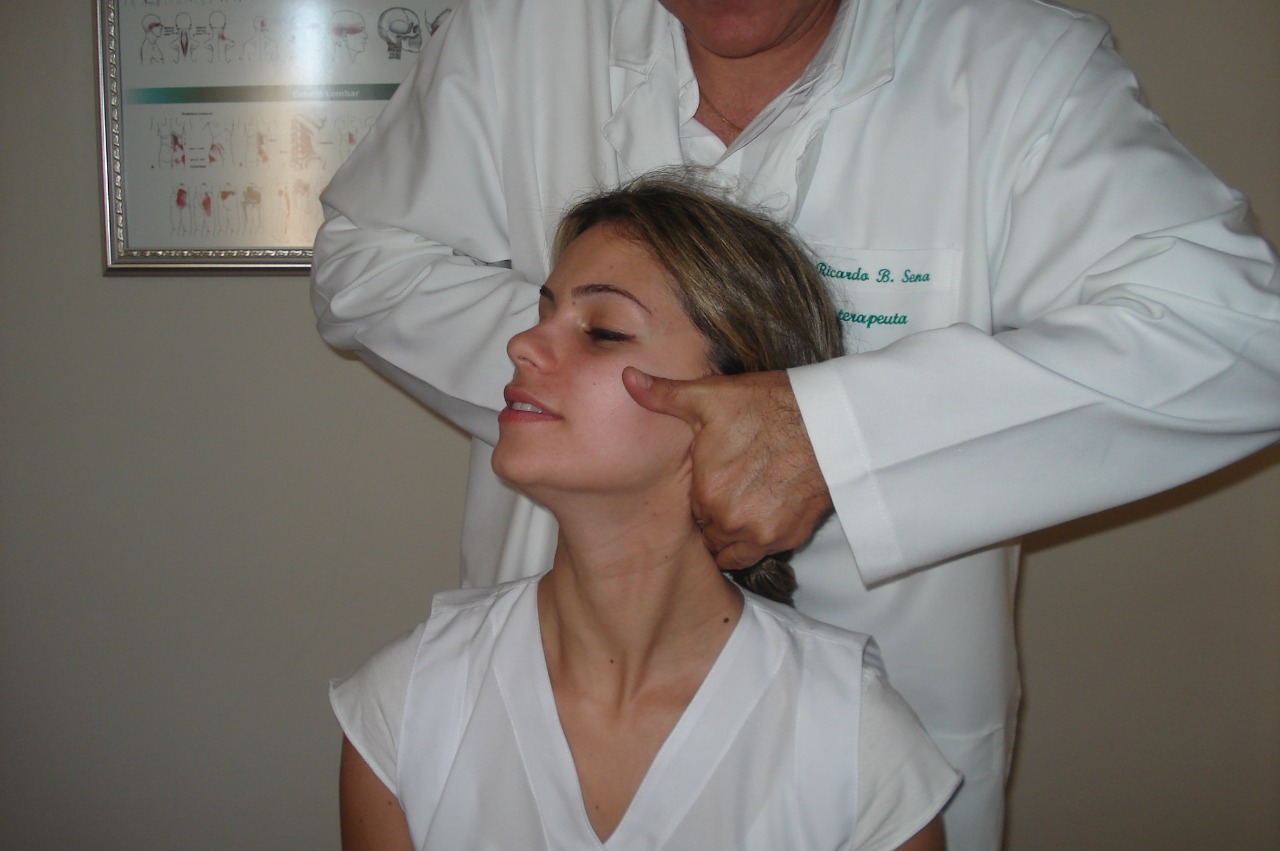Bienvenido.
“Podemos crear un mundo mejor si, paso a paso y sin prisas, nos transformamos en mejores seres humanos”
Ricardo R. Pereira
Al combinar elementos de diferentes fuentes de conocimiento, las Terapias Integrativas pueden considerarse un enfoque de tratamientos más flexible e inclusivo que los métodos más tradicionales, percibiendo al cliente como el elemento más importante para actuar en el proceso de reequilibrio.

Sobre nosotros
WOOT es una organización enfocada en el desarrollo de ideas, proyectos y metodologías basadas en la realidad social global, con el objetivo de acercar el conocimiento a los profesionales de las diversas prácticas terapéuticas integradoras.
Pretendemos empoderar a los nuevos seres humanos que están surgiendo, la capacidad de buscar resultados más claros, más amplios y más eficientes, en la recuperación de la salud física, mental, emocional y espiritual.
EPIGENÉTICA
la nueva visión en las prácticas terapéuticas

La epigenética es el campo de la biología que estudia los cambios en el fenotipo que no son causados por cambios en la secuencia de ADN que se perpetúan en las divisiones celulares, meióticas o mitóticas. Se denomina carácter epigenético cuando el fenotipo se ve alterado por dichos cambios.
Cronología de la Medicina Integrativa
La Medicina Integrativa tiene una larga historia, que se remonta a los tiempos antes de Cristo.
2000 dC
El Renacimiento a la Era Moderna
622 d.C.
Edad de oro islámica
1600 aC
China
2500 aC
India
3100 aC
Mesopotamia y Egipto
El Nuevo Humano está emergiendo, a través del autoconocimiento, a través de la expansión de vuestra conciencia.
Un camino sin retorno
Pero también… ¡el camino de regreso!
¿Te sientes preparado?
"¡La Escuela de la Vida nunca se detiene!"
Maestro Ricardo – Presidente WOOT
Testimonios
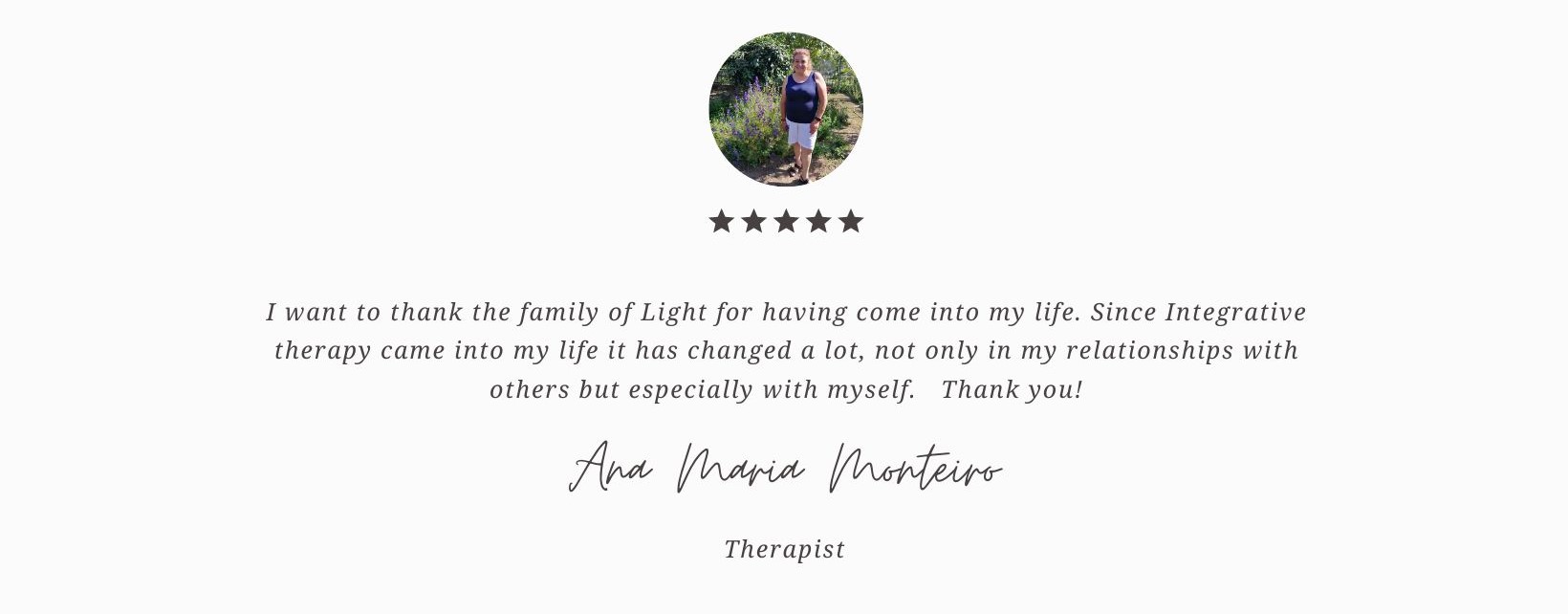

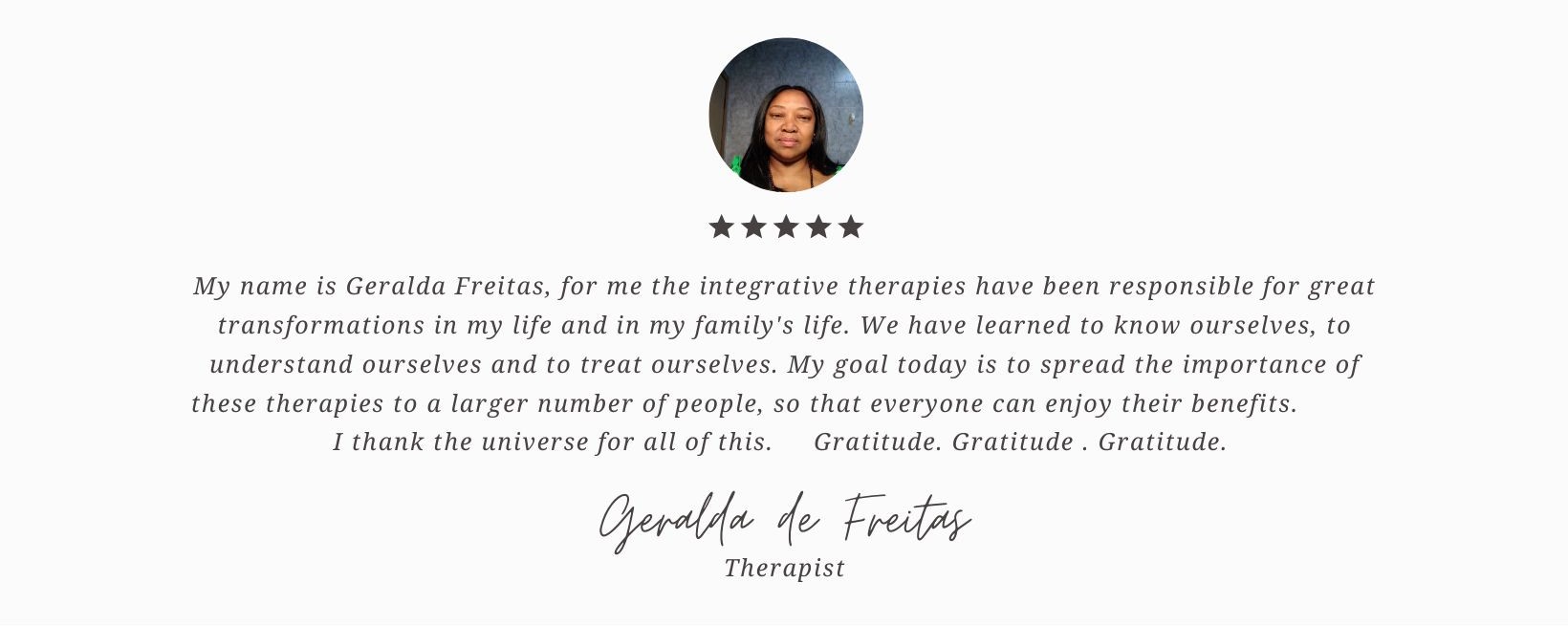
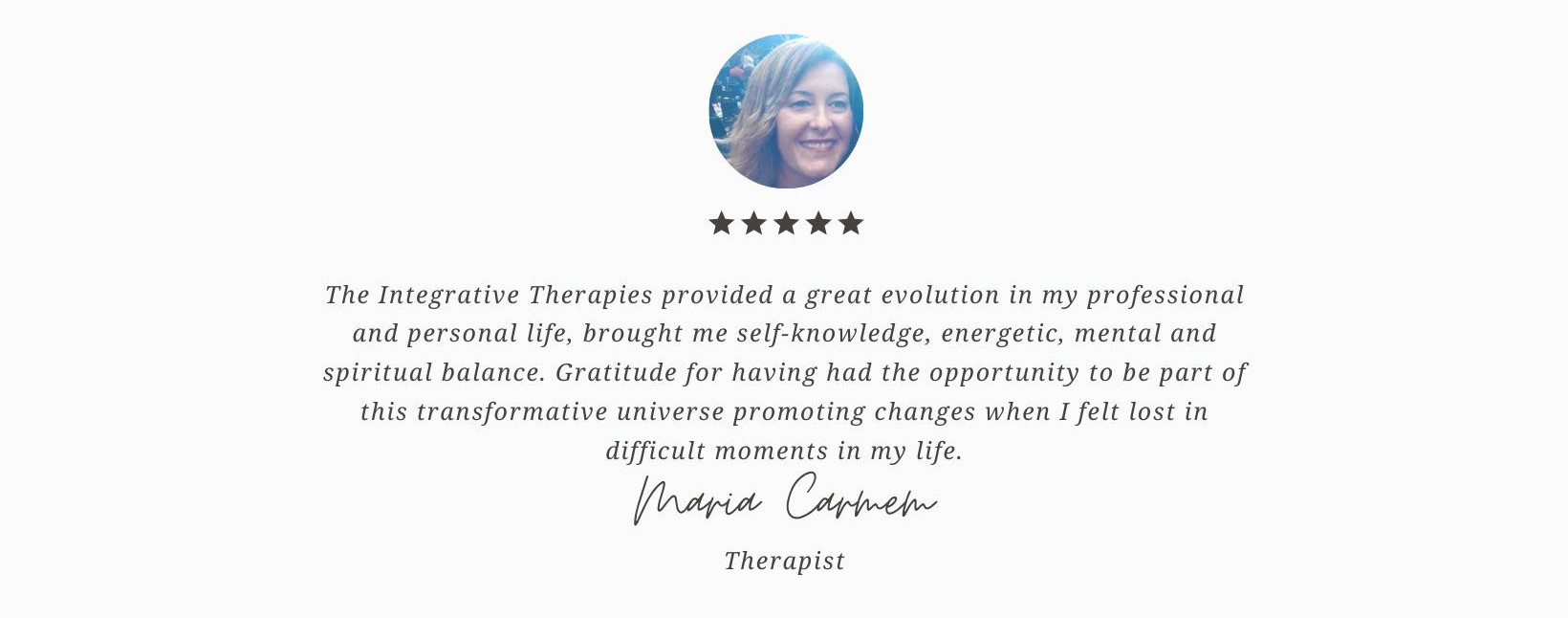
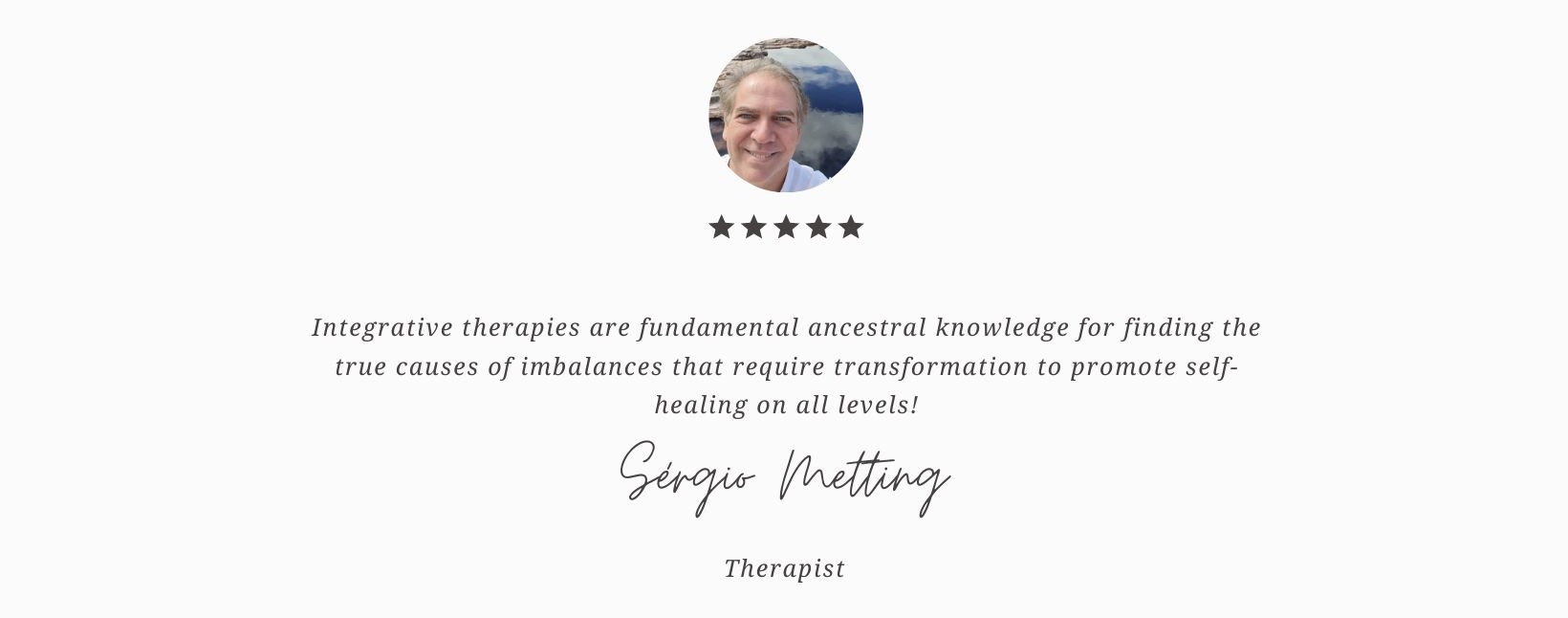

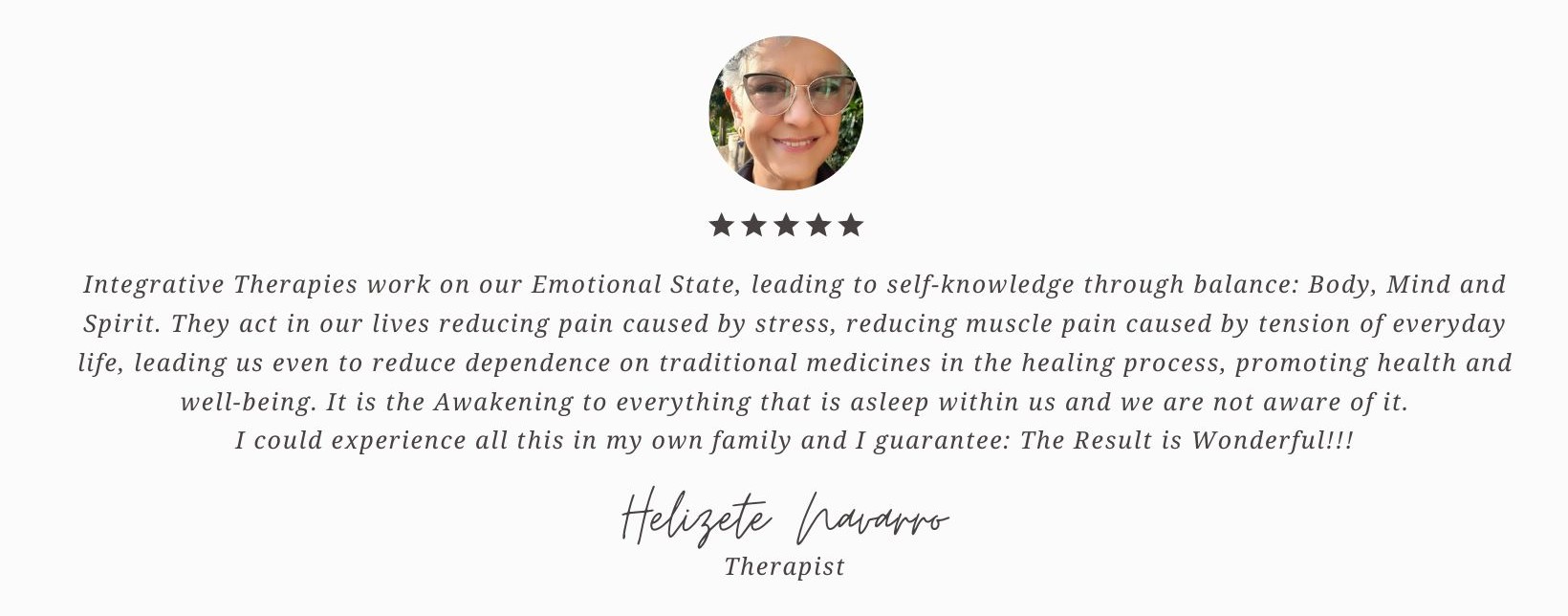

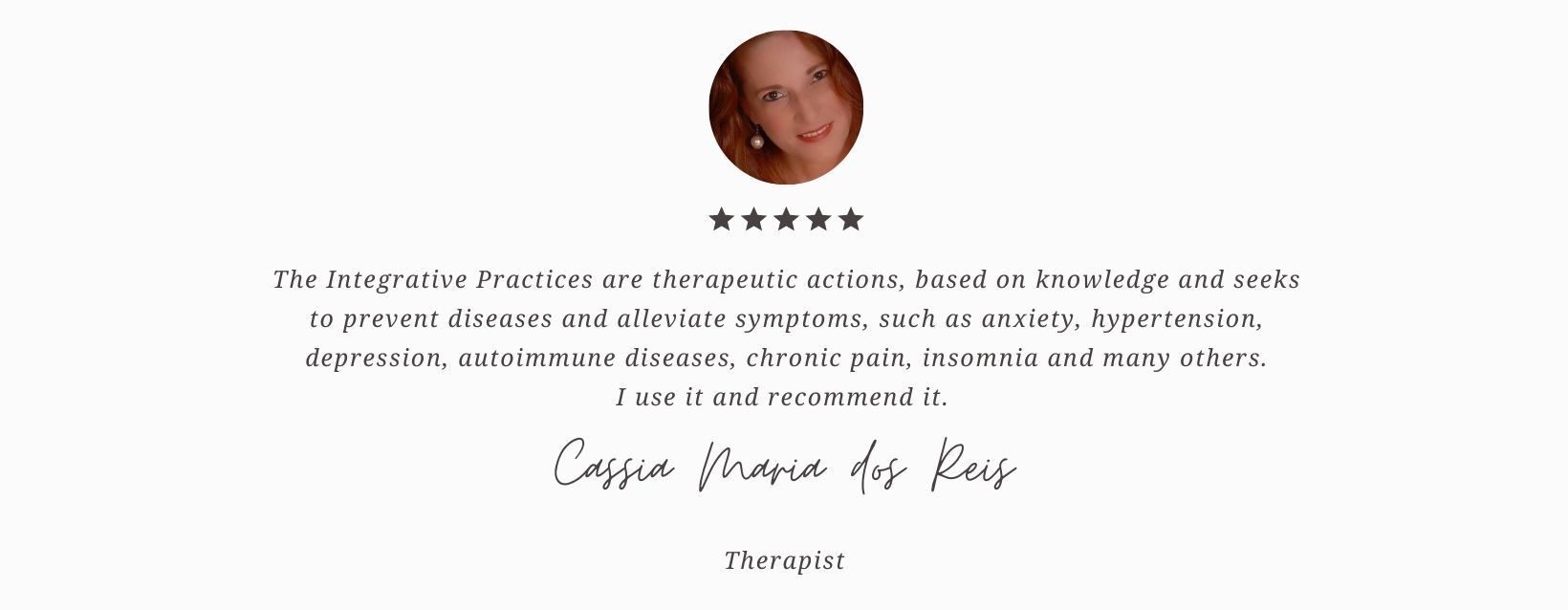
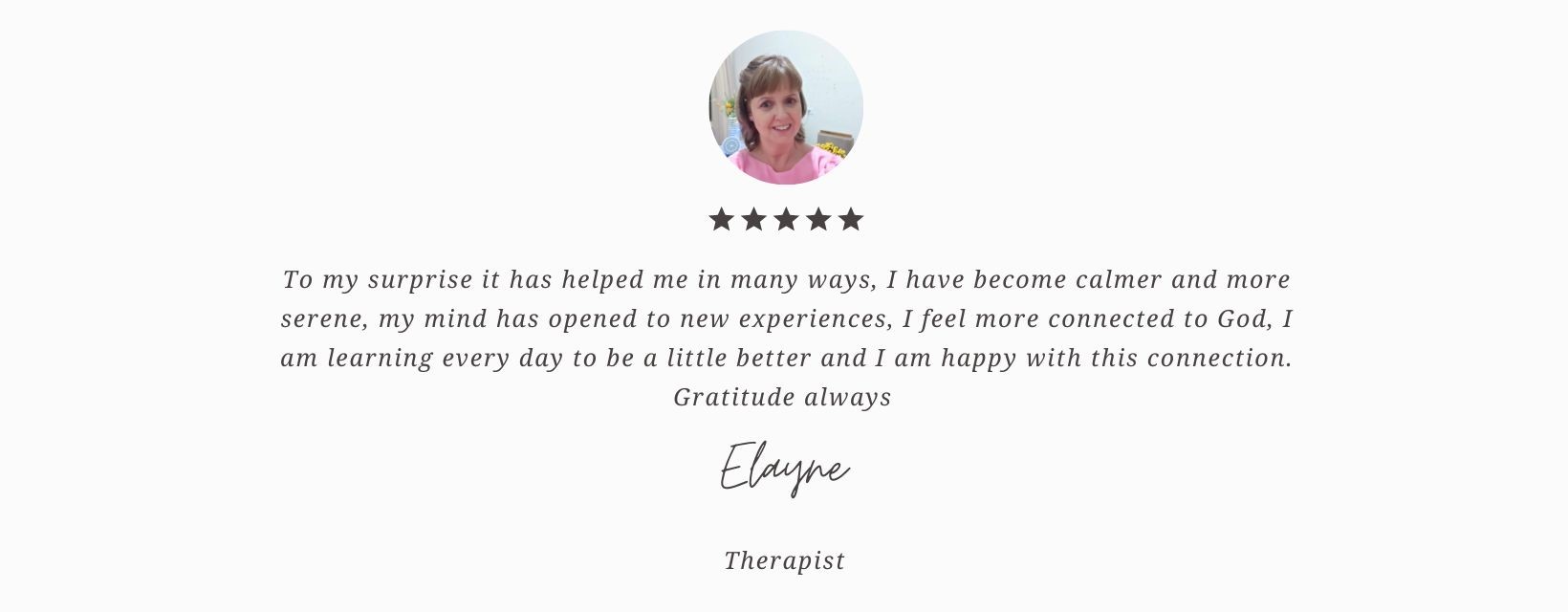

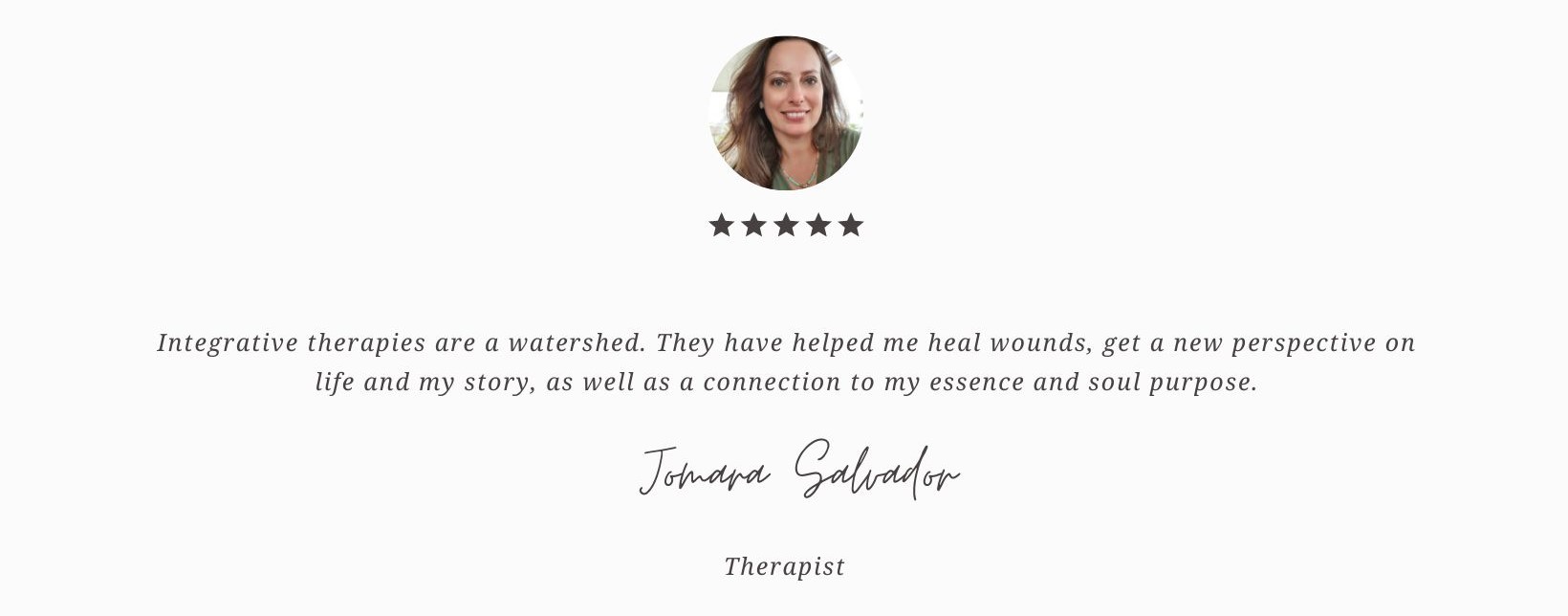
Recursos de terapias integradoras
Obtenga más información sobre las terapias integradoras y sobre WOOT con nuestros artículos, publicaciones, descargas, radio en línea y más.
Los últimos artículos
Nos comprometemos a publicar las últimas noticias y contenidos sobre medicina alternativa



